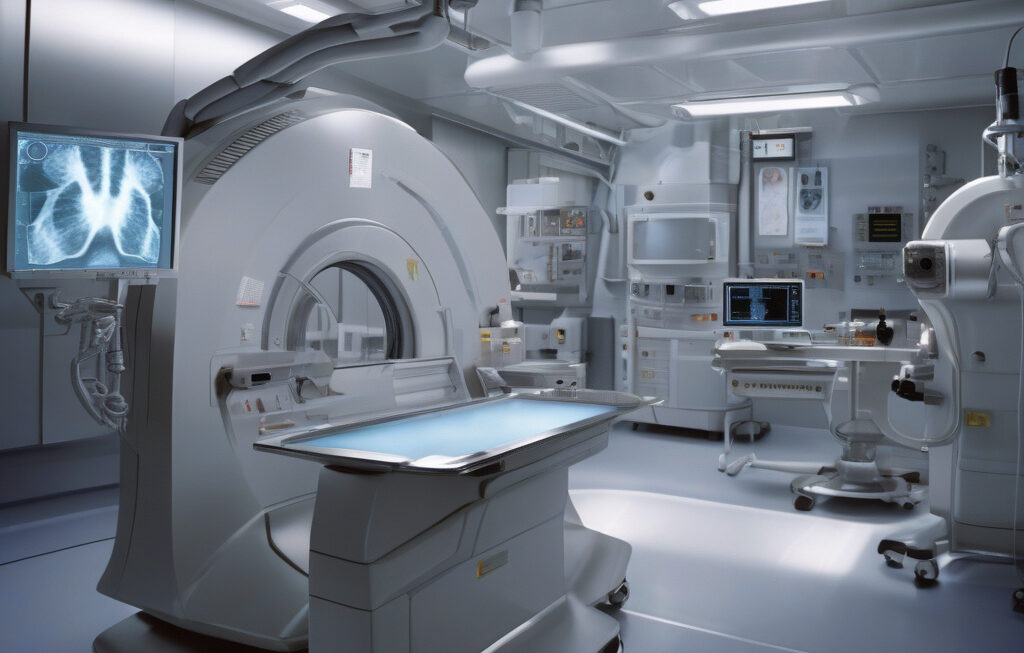World’s Largest Brain-Like Supercomputer with 650,000 Cores to Aid Drug Discovery
Deep-tech company SpiNNcloud penned a deal to deliver a brain-inspired supercomputer to Leipzig University. This cutting-edge technology boasts a whopping 650,000 cores, making it the largest brain-like supercomputer in the world. The implications of this innovation are profound, particularly in the field of drug discovery.
The human brain is an incredibly complex organ, with billions of neurons firing signals at rapid speeds to process information. Replicating this intricate network in a supercomputer has long been a goal for researchers seeking to unlock the brain’s mysteries and apply its principles to various industries.
The SpiNNcloud supercomputer operates on the principles of spiking neural networks, a type of artificial intelligence that mimics the brain’s neural activity. By simulating the behavior of neurons and synapses, this technology can process vast amounts of data in parallel, enabling it to tackle complex problems with unprecedented speed and efficiency.
In the realm of drug discovery, where researchers sift through massive datasets to identify potential compounds for treating diseases, the SpiNNcloud supercomputer holds tremendous promise. Traditional methods of drug discovery can be time-consuming and costly, often requiring years of research and testing to bring a new drug to market. By leveraging the power of the brain-inspired supercomputer, researchers can accelerate this process significantly.
One of the key advantages of the SpiNNcloud supercomputer is its ability to model the interactions between drugs and biological systems at a scale never before possible. By simulating how different compounds interact with target proteins and receptors in the body, researchers can quickly identify promising candidates for further study, potentially expediting the development of new therapies.
Moreover, the parallel processing capabilities of the supercomputer enable researchers to run multiple simulations simultaneously, exploring a wide range of potential drug candidates in a fraction of the time it would take using conventional methods. This not only speeds up the drug discovery process but also reduces the cost associated with developing new treatments.
Beyond drug discovery, the applications of the SpiNNcloud supercomputer extend to a variety of fields, including robotics, cybersecurity, and neuroscience. By harnessing the power of brain-inspired computing, researchers can gain new insights into complex systems and develop innovative solutions to some of the most pressing challenges facing society today.
As we look to the future, the integration of brain-like supercomputers into research institutions and companies around the world has the potential to revolutionize industries and drive unprecedented innovation. The SpiNNcloud supercomputer represents a significant milestone in this journey, showcasing the power of deep-tech companies to push the boundaries of what is possible in the realm of computing.
In conclusion, the world’s largest brain-like supercomputer with 650,000 cores is set to transform the landscape of drug discovery and beyond. By emulating the complex neural networks of the human brain, this technology offers a glimpse into a future where artificial intelligence can revolutionize the way we approach scientific research and innovation.
#Supercomputer, #BrainInspired, #DrugDiscovery, #ArtificialIntelligence, #DeepTech












